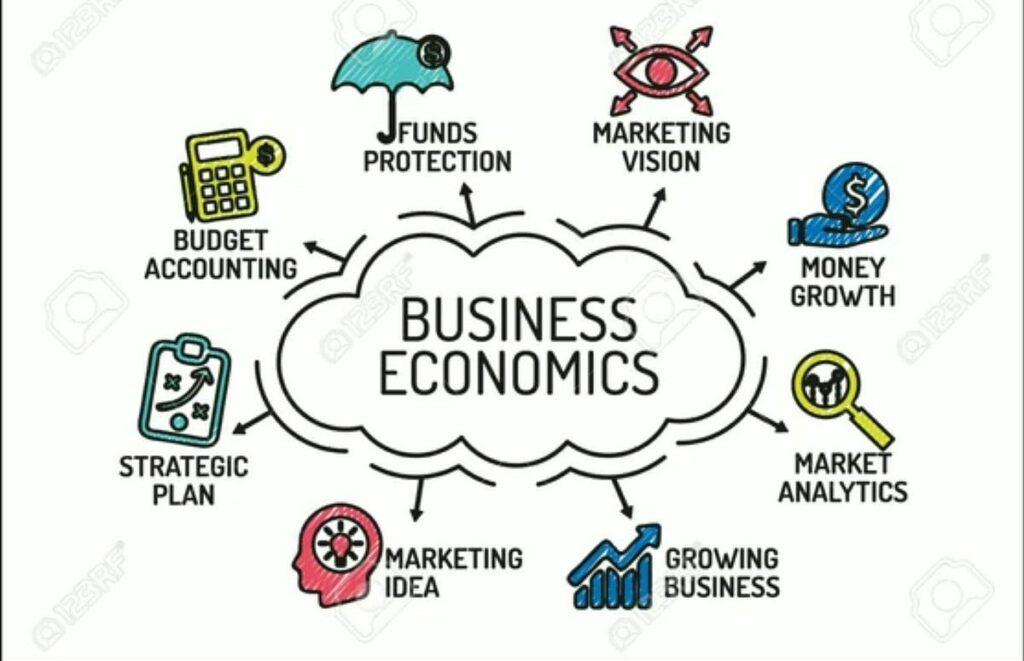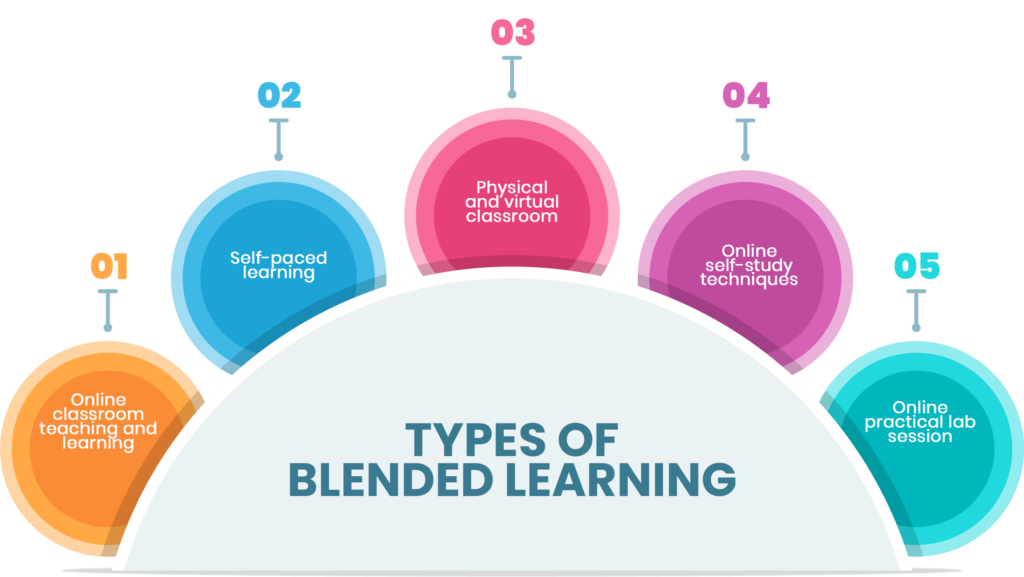What is Open Pedagogy?
Open Pedagogy is an educational approach that emphasizes collaboration, transparency, and the sharing of knowledge among students and educators. Unlike traditional methods, where educators serve as authoritative figures delivering content, Open Pedagogy encourages a more egalitarian relationship, with educators acting as facilitators. This approach promotes active learning through collaboration, project-based assignments, and peer feedback, allowing students to engage deeply with the material.
A key aspect of Open Pedagogy is the use of Open Educational Resources (OER), which are freely available and can be adapted and shared. This practice enhances accessibility and promotes educational equity, enabling diverse learners to access high-quality materials. Additionally, Open Pedagogy fosters essential skills such as critical thinking, communication, and adaptability, preparing students for lifelong learning. Overall, Open Pedagogy transforms education by creating a more inclusive and empowering environment for both students and educators.
The Role and Impact of OER

Open Educational Resources (OER) have the potential to significantly transform the educational landscape by providing free and accessible learning materials to a wide audience. One of the primary advantages of using OER in learning or teaching is the reduction of costs associated with educational resources. Students and educators can access high-quality materials without the financial burden of purchasing textbooks or proprietary content, making education more affordable.
OER also promotes flexibility and adaptability in teaching. Educators can modify and customize resources to fit their specific curriculum needs, ensuring that the content is relevant and engaging for their students. This adaptability fosters a more personalized learning experience, catering to diverse learning styles and preferences.
Global Trends in OER

Global trends in Open Educational Resources (OER) highlight significant impacts on education. Institutions worldwide, particularly in North America and Europe, are increasingly adopting OER to reduce costs and enhance accessibility. Government support, such as national strategies in Canada and the UK, fosters OER development. Collaboration among educational institutions and organizations, like the Open Education Consortium, promotes resource sharing.
Challenges include sustainability, quality assurance, and awareness among educators. Many lack training to effectively integrate OER into their teaching. Intellectual property issues also pose concerns.
However, opportunities abound: OER can lower educational costs, encourage innovative teaching practices, and facilitate global collaboration. Additionally, OER allows for customization to meet diverse educational needs. As countries and institutions continue to embrace OER, addressing challenges will be essential to maximizing its potential for transforming education and promoting equity.
Understanding Creative Commons Licensing
Creative Commons (CC) licensing is essential in the context of Open Educational Resources (OER) as it provides a clear framework for using, adapting, and sharing educational materials. Understanding these licenses promotes responsible use by clarifying permissions, encouraging collaboration, and enhancing accessibility. For example, an educator creating a curriculum resource might use a CC BY license, allowing others to adapt and share it with proper attribution. If a teacher finds a resource under a CC BY-SA license, they can modify it while ensuring that any adaptations are shared under the same terms. Additionally, researchers can publish their work under a CC BY license to increase visibility and encourage further exploration. By utilizing CC licenses, educators and content creators contribute to a more open and equitable educational landscape, fostering a culture of sharing and collaboration.
Attributes of Open Pedagogy
Open Pedagogy emphasizes collaboration, transparency, and student-centered learning, which can enhance educational practices. Collaboration can be fostered through group projects and online discussions, promoting peer learning. Transparency involves clearly communicating learning objectives and assessment criteria, helping students understand the learning process. A student-centered approach tailors experiences to individual needs, allowing students to choose project topics and provide feedback on course design. These attributes create a more inclusive and participatory learning environment by empowering students, valuing diverse perspectives, and fostering a culture of respect and collaboration, ultimately enhancing engagement and ownership of the learning process.



